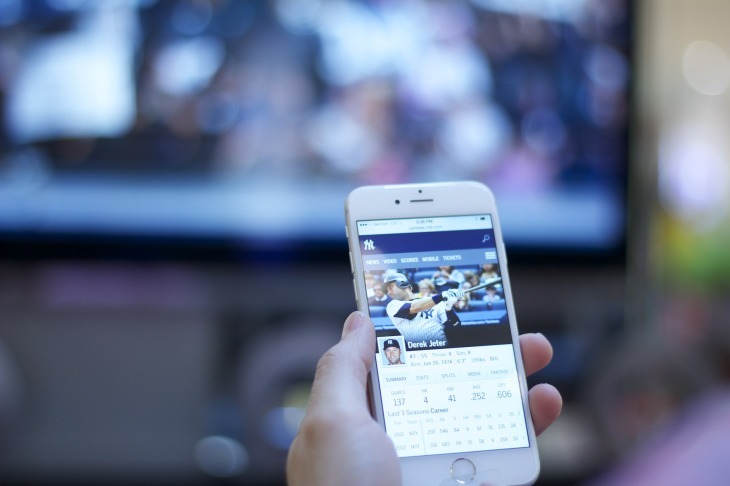
It’s long been known that new technology is influencing how customers consume content. From the way we watch TV, to how we order take-out, tech is seeping into every aspect of our lives – our devices are even changing what we wear. The new pumped-up iPhone launch created some inadvertent fashion waves as users raced to their nearest tailor to alter their pockets so the new device would fit in their jeans.
As content experts, we need to keep up, because no matter how many tech toys there are, one constant remains – content. Increasingly content will have to take a multi-channel approach with messages tailored to suit the device and provide a personal experience for the reader or wearer.
As 2014, another year where Moore’s law continues to prove itself apace, draws towards its close, we looked at some of the new tech that’s most likely to affect your content production in 2015.
The smart watch
Will wearable maketh the brand? The current consensus seems to be ‘neh?!’ – we already have too many gadgets and we don’t need another accessory. So, until someone does something really interesting, we’ll keep our phone calls and email in our pockets, thanks. But, could handy, wearable devices offer a chance to go one-on-one with your customers? From activity trackers to weather reports, news headlines and ticker-tape financial updates – what other bite-sized chunks of useful and personal information can you offer?
Google Glass
While this wearable set of specs may be great right now for practical information display in health, fitness and navigation, the future direction for travel and education could mean new adventures for content creators. The use of audio opens up new content options. And with its wearer’s-eye view videos and photos, the possibilities for user-generated content will definitely be worth watching.
Wearable cameras
There are so many tiny cameras on the market now, you must surely have your favourite brand on your Christmas wishlist. Big brands like Red Bull have made the GoPro their own with super-charged content – you can’t get more memorable than a leap from space! And you will be well aware of the main successes from the elite brand sector. But what can smaller brands learn from all this for their own audiences? Some are already using Vine video loops and user-generated content to showcase their wares and create engaging content. We suggest that, if you haven’t already tried it, you get filming over the Christmas break.
TV
‘You must be joking’ – I hear you say – ‘TV advertising is definitely deceased!’ Think again – with Netflix and YouTube prying open the cage, don’t be surprised if this dead parrot has a few more gasps in him yet. Faster and better access to broadband is making the high-def home-hub a reality for (some) multi-screen households. People are viewing different content on a range of devices – at the same time. Interactive TV and Social TV are creating the new, instant ‘water cooler’ moments.
iBeacon
If these transmitters are allowing companies to send a sales message direct to your smartphone in-store, what is your best opening line? While fighting the crowds for the last marked-down items this Christmas, check out those stores using iBeacon and think about yourself as a customer and how it could benefit you.
With so much tech to keep track of, you might be wondering how to keep up. The answer: get your hands on the latest gizmos and try them out. What could work for your brand? What are the very best ways you can deliver your brand message to your valued customers?
The challenge for content experts will be to resist repeating brand stories in different shapes and sizes. Instead, we will need to work with our user experience friends, our mates in events and PR to collaborate on the best ideas to suit the right devices. The aim will be to deliver our brand, not as so many messages, but as experiences, personal communiques, something social our customers will value and want to share.
And remember – as Apple learned – if you prioritise style over substance and forget your audience, you’ll just end up with the content equivalent of a phone that doesn’t fit in people’s pockets!
2 thoughts